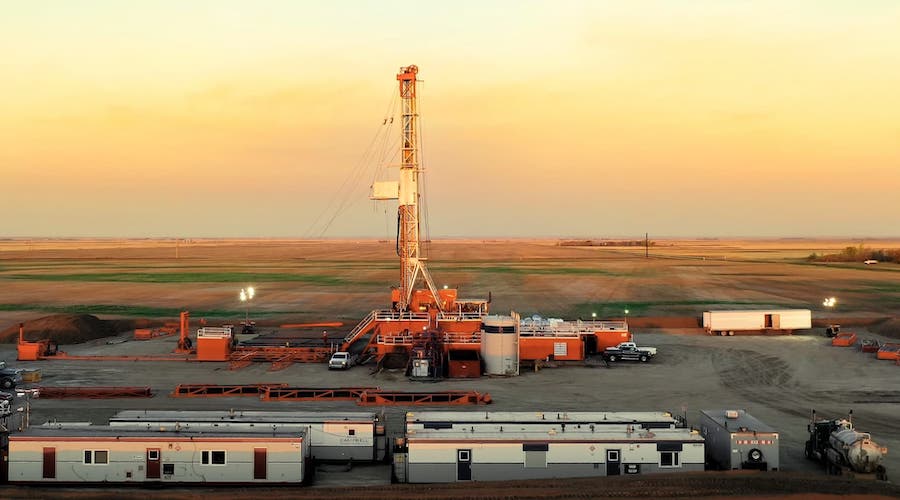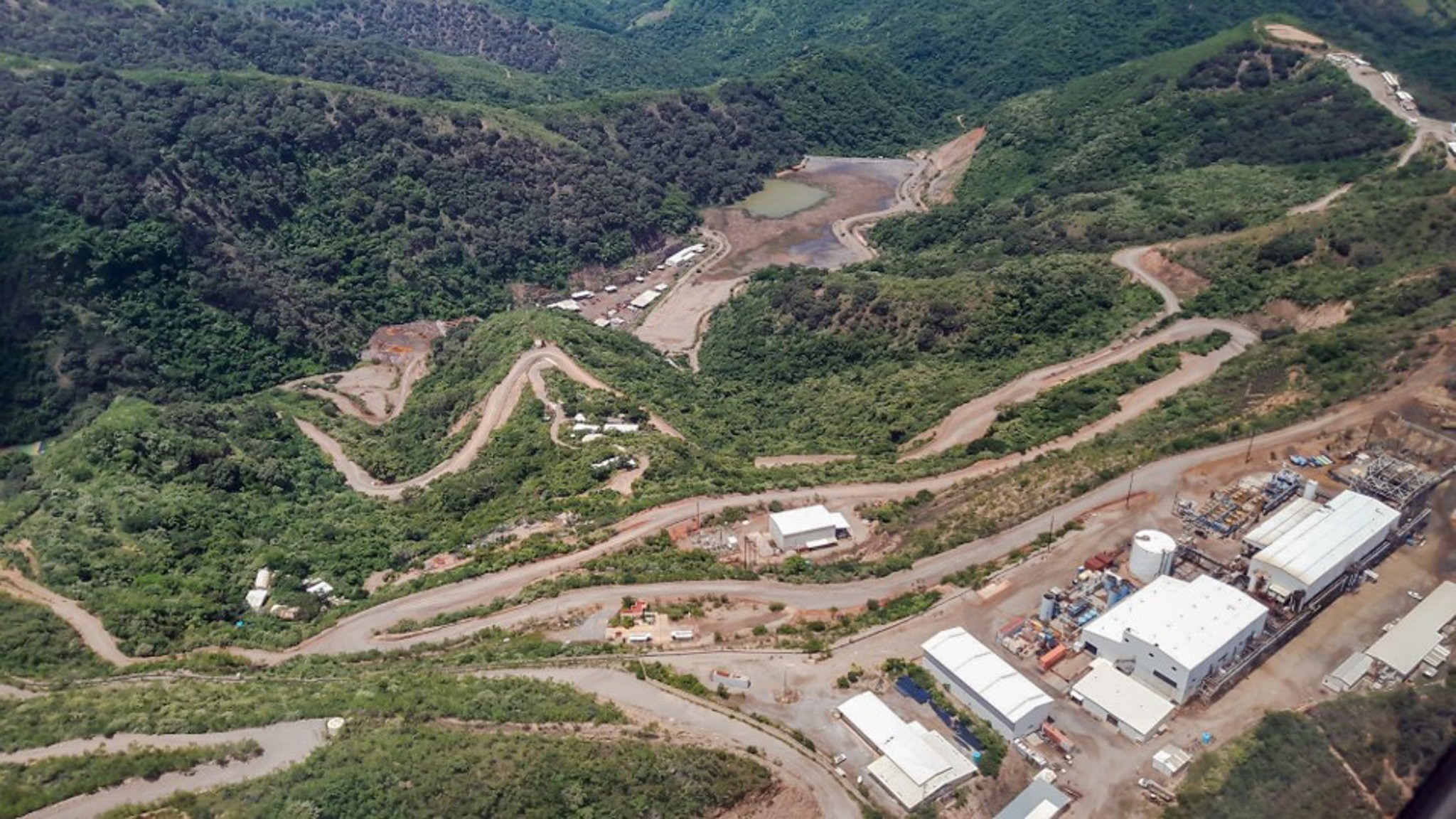Arizona Lithium produces Saskatchewan’s first kilogram of battery-grade LCE

Arizona Lithium (ASX: AZL) this week achieved a significant milestone with the production of its first battery-grade lithium carbonate at its Prairie project in Saskatchewan. The product was verified by Vancouver-based Saltworks Technology, which specializes in treating wastewater and refining lithium.
This represents the first kilogram of lithium ever mined in the Canadian province, government officials confirmed during an announcement introducing two new critical minerals incentive programs worth $500 million.
The lithium carbonate was produced from the DLE (direct lithium extraction) eluent of the ILiad pilot that operated at the Prairie project from November 2023 to February 2024. The DLE eluent was sent to Saltworks’ facility in British Columbia, where it was converted into battery-grade material.

“Producing battery grade lithium carbonate from our flowsheet is an important step in showing the market the quality of product that we can produce,” Arizona Lithium managing director Paul Lloyd said in an August 6 press release.
“The battery-grade product we produced is in sufficient quantities to go out to all the offtakers and strategic partners we are in conversation with,” he added.
The Prairie project is home to a large brine resource located in the heart of Saskatchewan’s Williston Basin, within a region historically known for its oil production. The resource is estimated at 6.3 million tonnes in lithium carbonate equivalent (LCE), comprising 4.8 million indicated and 1.5 million inferred.
Based on a December 2023 preliminary feasibility study, the Prairie project would have a mine life of 20 years, averaging 6,000 tonnes of LCE production per annum. Its after-tax net present value (at 8% discount rate) is estimated at $312 million, with an internal rate of return of 20.4% and 2.2-year payback.
The project utilizes conventional oil and gas drilling methods to access the lithium-rich brine from aquifers about 2.3 km underground. DLE technology is used to separate lithium from the brine, and the extracted lithium concentrate is then converted onsite to an upgraded high-purity material.
The first phase of production drilling at Prairie began in May 2024, starting with three pads, each independent of one another with a target annual production of 2,000 tonnes of LCE. Two of the pads have already been constructed. The first commercial production well was drilled on Pad #1.
In the near term, the Australia-based lithium developer is aiming to bring Pad #1 at the Prairie project into production by 2025 while it advances its other core asset, the 100%-owned Big Sandy lithium project in Arizona.
{{ commodity.name }}
{{ post.title }}
{{ post.date }}

Comments